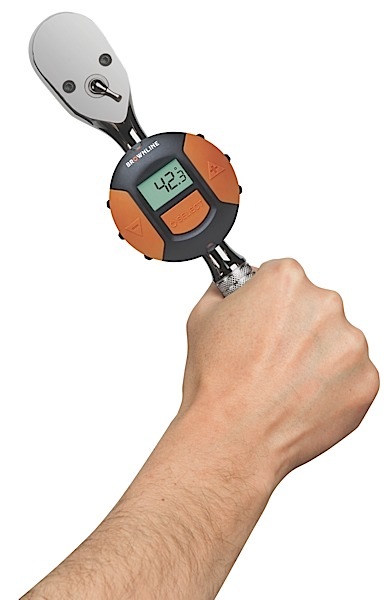
Ride Height Sensors
If one of these sensors is replaced, it must be calibrated after it is installed.
Ride-height sensors not only measure the position of the suspension, but also the rate of movement. They are supplied with a voltage of around 5 volts. The signal voltage is changed as a magnet moves past a coil. Most sensors have three wires — ground, power and signal.
Internally, it is difficult to damage one of these sensors. Externally, the linkage that connects the sensor to the suspension arm can also be damaged. The connector can be damaged and cause a short or open and a code will be set. If one of these sensors is replaced, it must be calibrated after it is installed.
Ride Control For Electric Vehicles
Replacement units are available from sources other than the dealer.

Brake Pad Edge Codes
The “Edge Code” can tell you information about a brake pad’s friction material.

Chassis Parts and Alignment Angles
Knowing why the adjustment is required is critical to performing the total alignment.

Suspension Upgrades – Selling Shocks and Struts
The question customers fail to ask is, what is “best” for their vehicle?

Other Posts
Needs Come First When Choosing Aftermarket Or OE
It’s essential to understand the differing needs of manufacturers, shops, technicians, and consumers.

Air Ride Suspension Diagnostics
The key to understanding the logic of air ride systems is using service information.

Steering Angle Sensor Operations
It is important for the ABS/ESC module to receive two signals to verify the steering wheel’s position.

Chassis Alignment
The source of the complaint can be the angles, electronics or tires.






